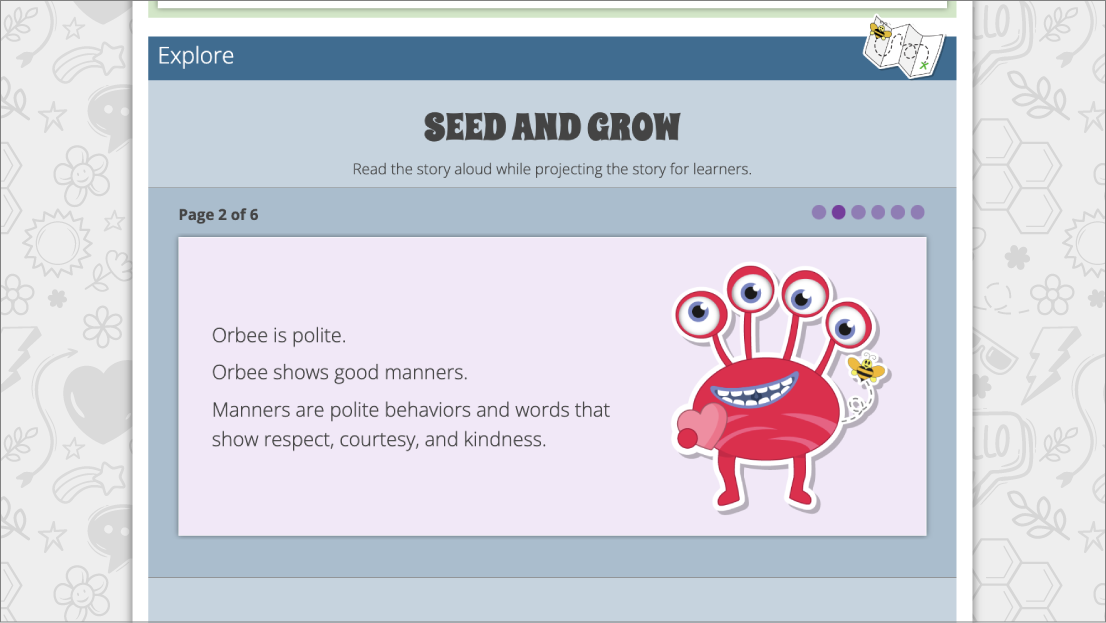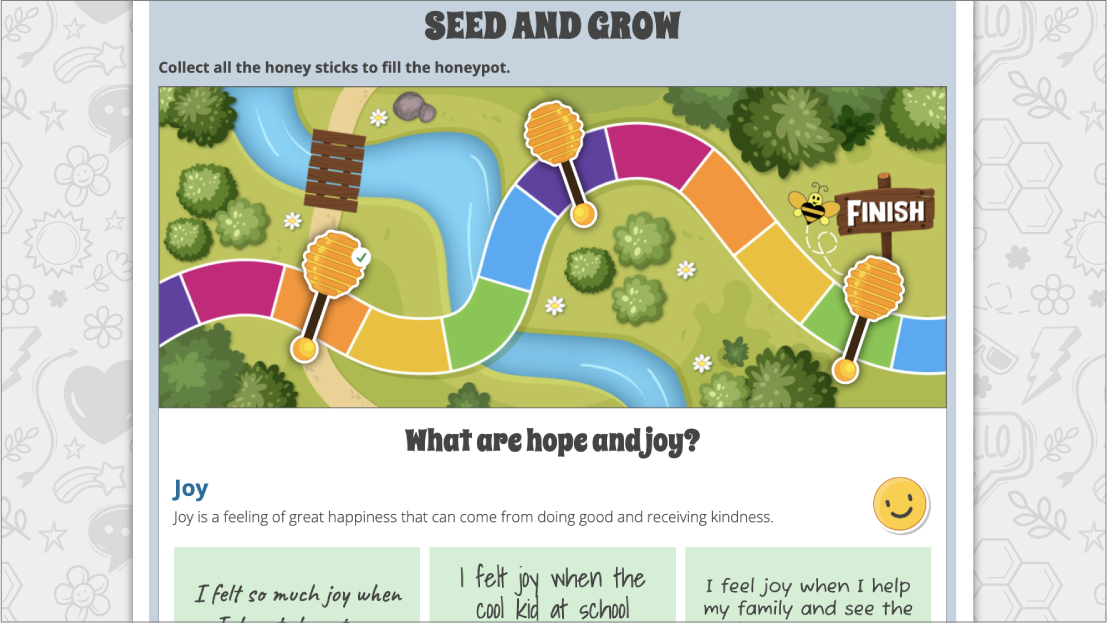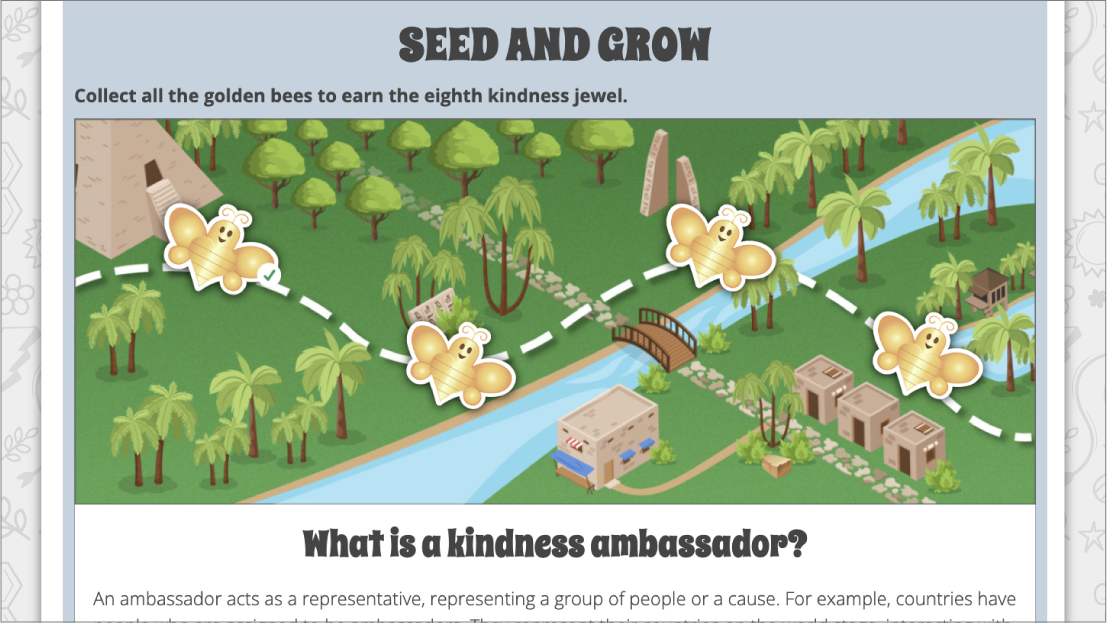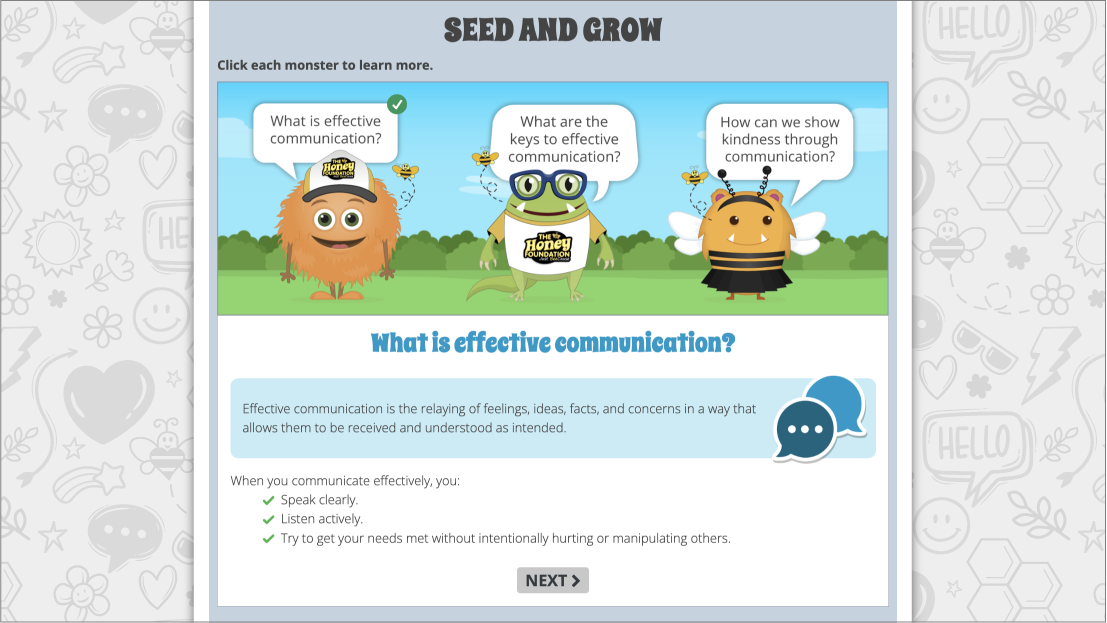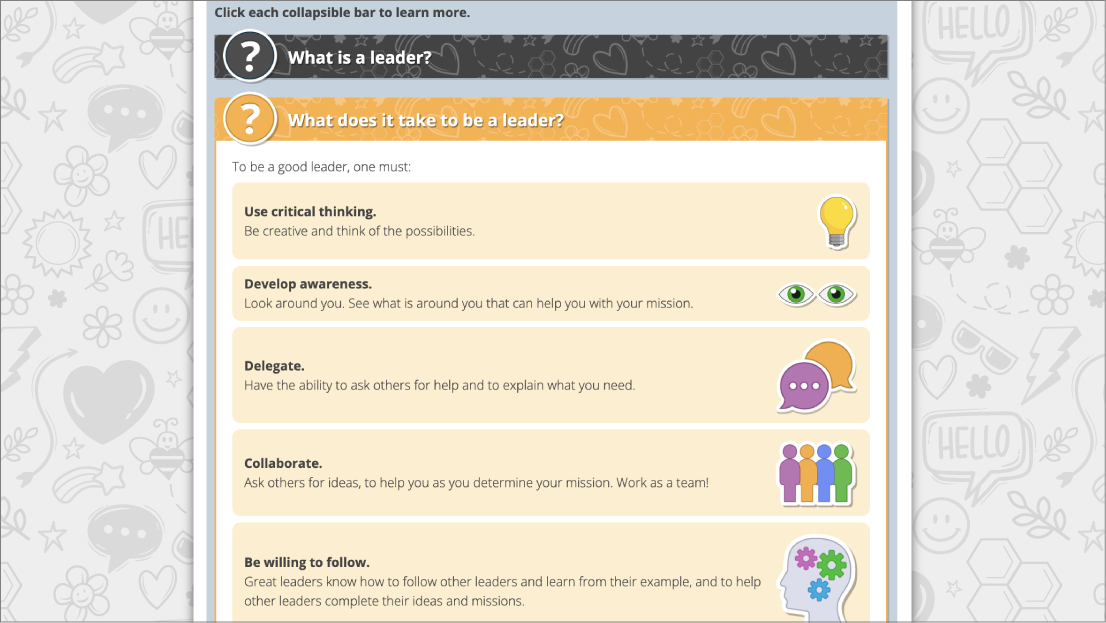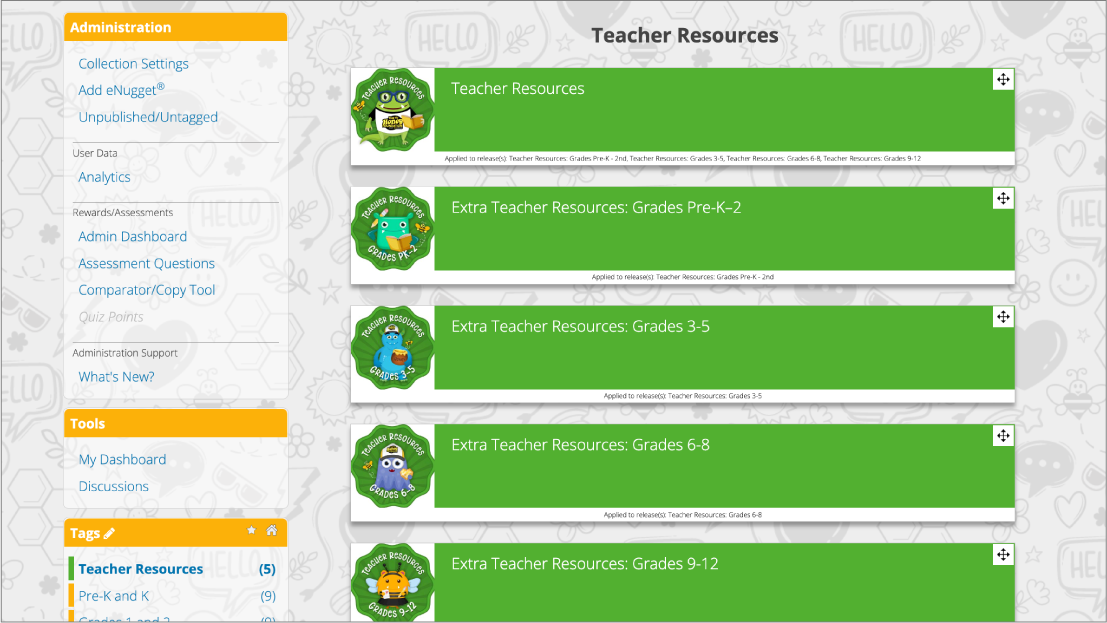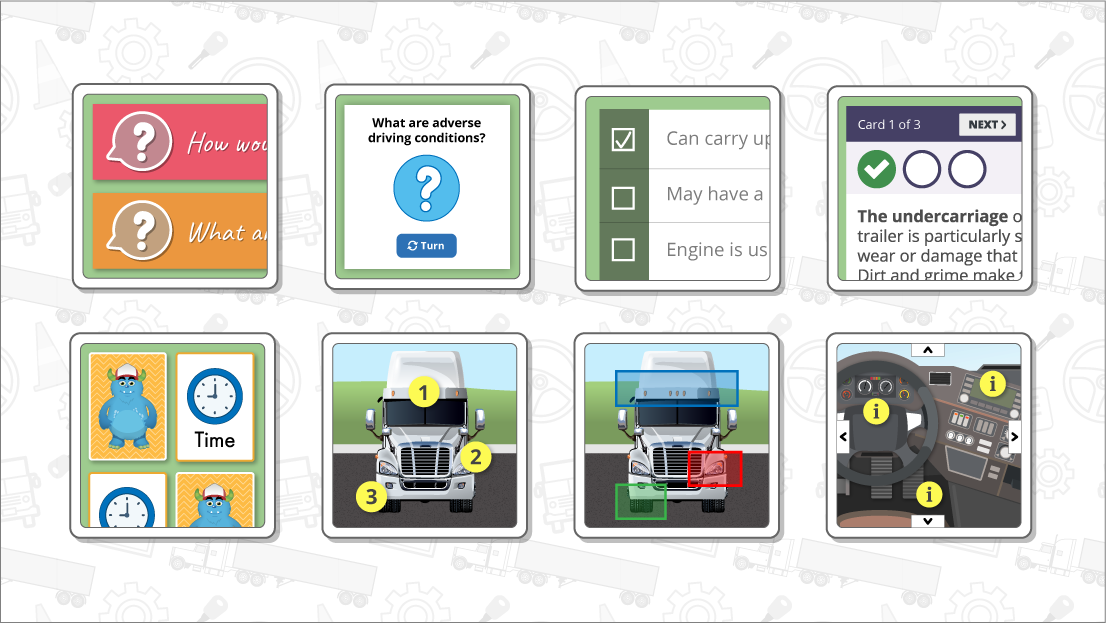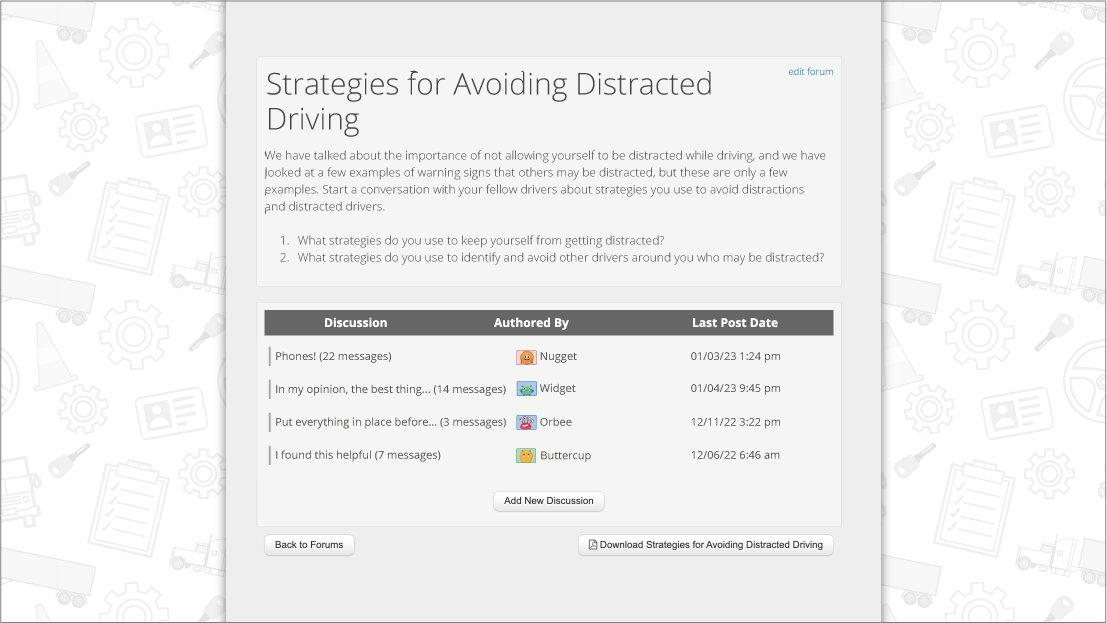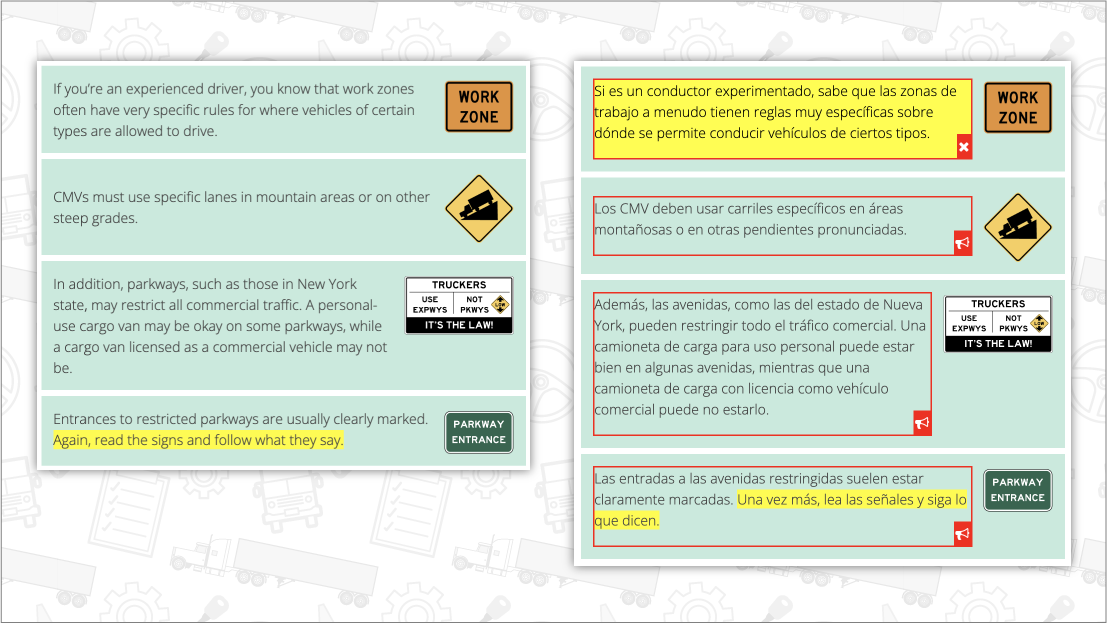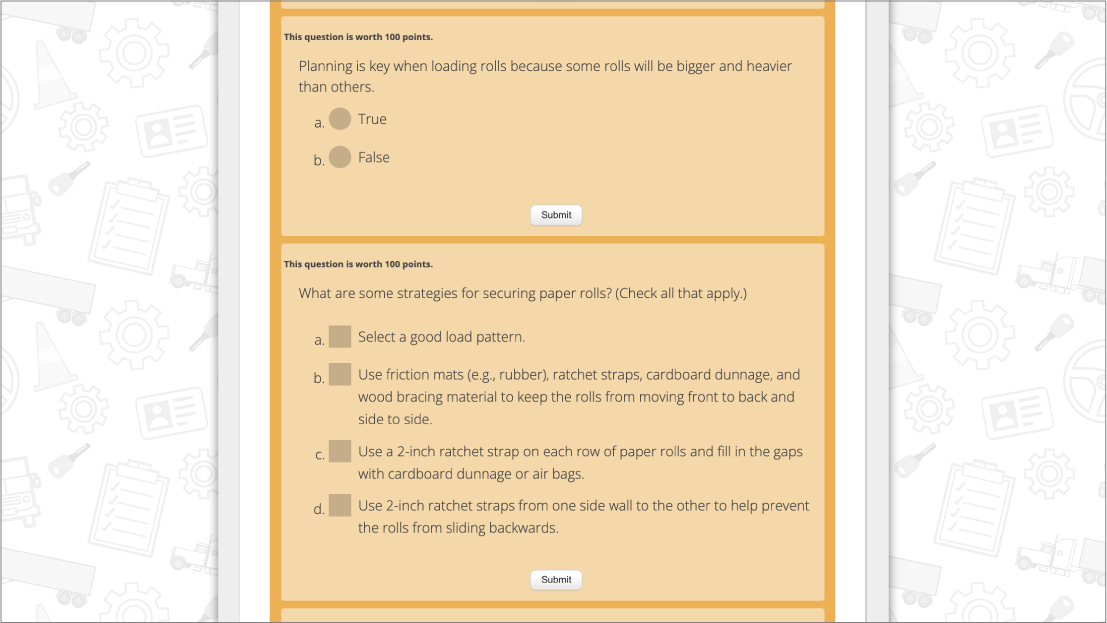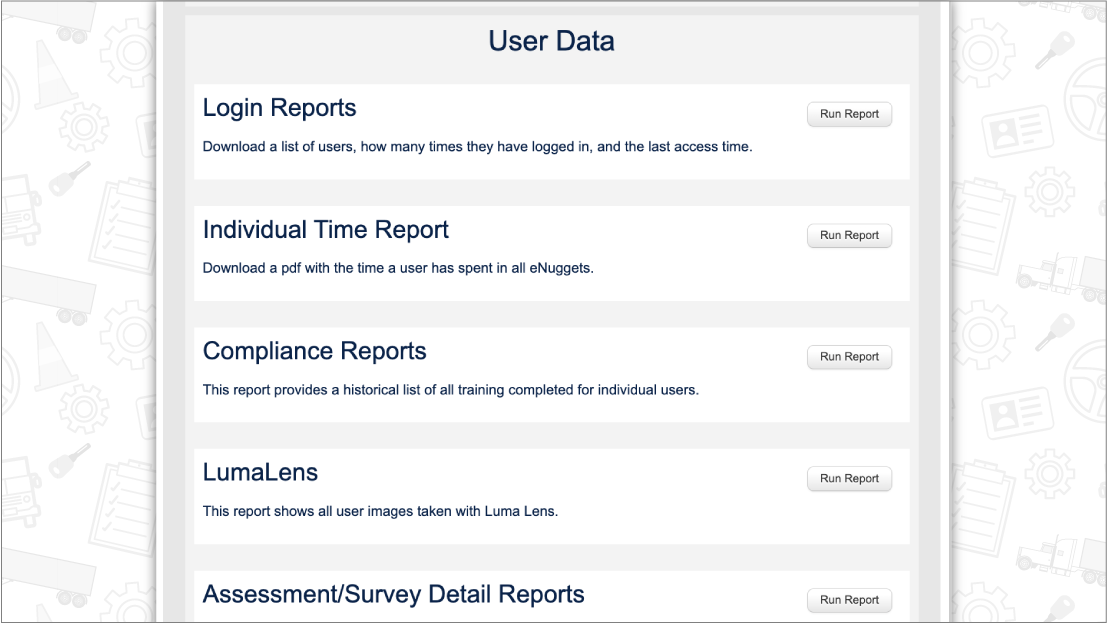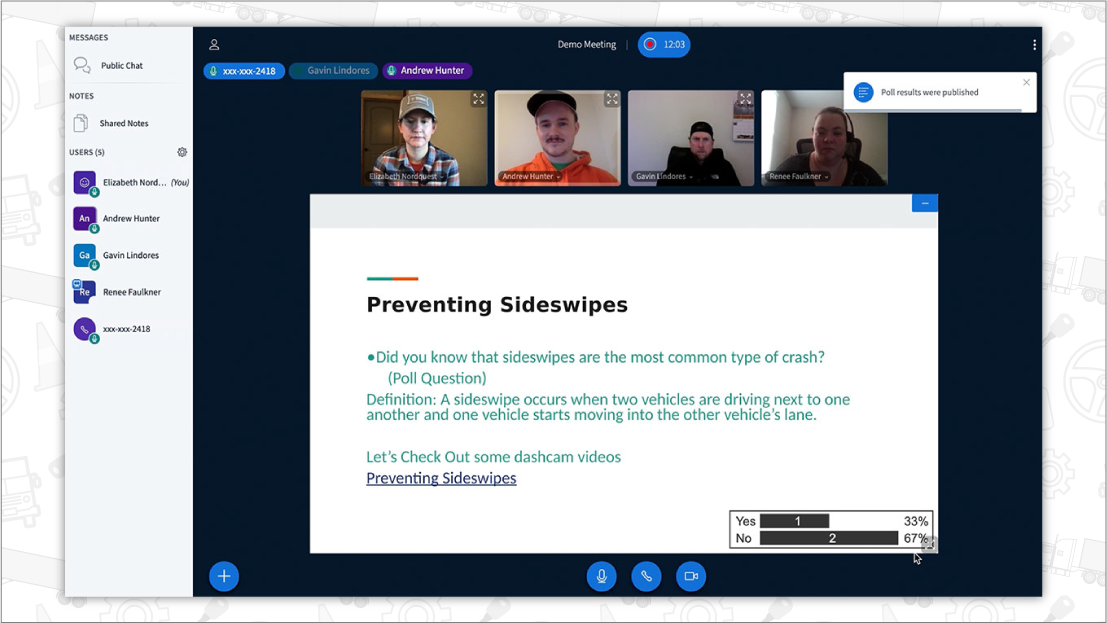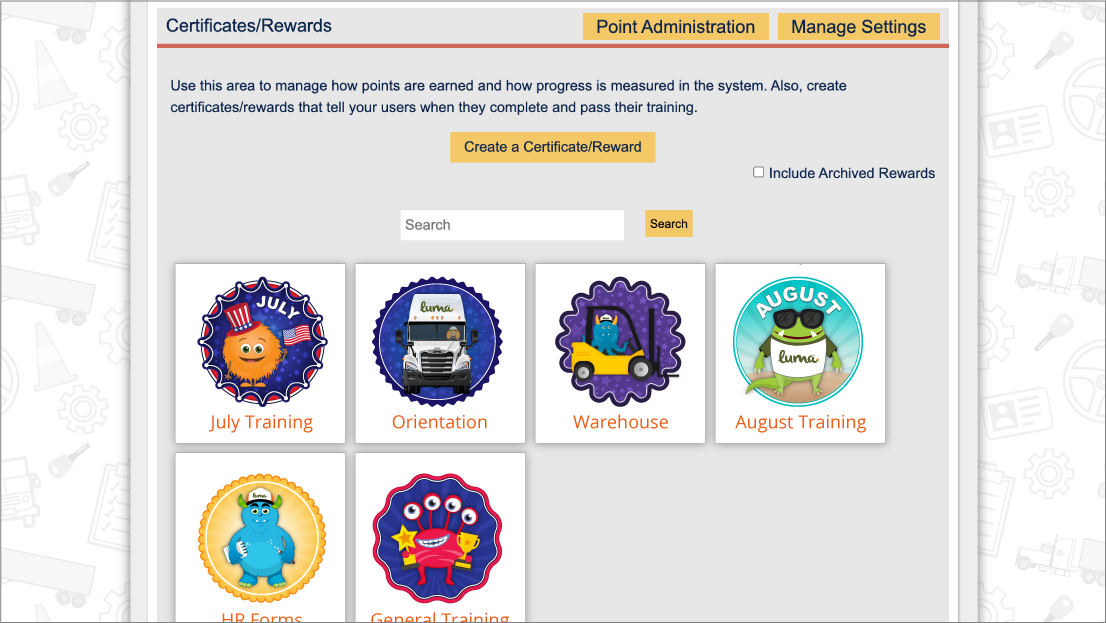![]()
Luma Connection #31: Chat About It
Collaboration and connection are important for our social-emotional well-being. Importantly, Luma has conducted research and published the benefits for creating learning communities remotely. This year, Luma will provide specific strategies you can implement to connect learners remotely. We are calling these strategies our Luma Connections.
Teaching Tool: LumaLive®
 This is Luma’s synchronous or same time meeting tool. This online tool allows learners to interact with each other to explore a topic and to discuss key concepts, share experiences, interact with each other, and to ask questions in real time. Interactions are in real-time and can be mentor-learner, learner-to-content, learner-to-self, and learner-to-learner.
This is Luma’s synchronous or same time meeting tool. This online tool allows learners to interact with each other to explore a topic and to discuss key concepts, share experiences, interact with each other, and to ask questions in real time. Interactions are in real-time and can be mentor-learner, learner-to-content, learner-to-self, and learner-to-learner.
 Tip:
Tip: Chat About It
Extra! Extra! Chat all about it! Another great way to increase engagement in synchronous discussions is to pose questions and have learners respond in the chat. Giving learners a chance to read each other’s posts can keep them engaged and reinforce learning.
-
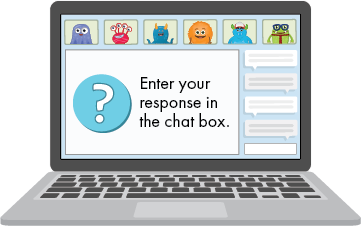
Provide Adequate Think Time. Provide learners with 20 seconds to 2 minutes to think and respond to open ended questions that require more thought and elaboration.
- Drill Down Deeper. Use the chat feature to have learners provide the “why?” to a correct or incorrect answer and to respond to additional questions stemming from the original question.
- Spotlight Responses. Share responses that fully and accurately answer the question to have learners dissect and discuss “why” it is correct. This reinforces and clarifies understanding.
- Build on Responses. Use incorrect and partial responses to clear up misconceptions and fill in gaps. Have learners add to partial responses and revise incorrect responses. Avoid sharing names when using student responses for teachable moments. Focus on the response and not the learner.
- Have fun with it. Use the chat feature for icebreaker and pre-session questions to engage learners in community to build trust, relationships, and ease tensions.
Tip: Remember to pose questions one at a time to allow learners time to fully process and engage with each question.

 Luma® is an instructional design and learning company that can help you connect learners remotely while creating powerful learning communities. Give us a call at (574) 807-8148 ext 5 or email
Luma® is an instructional design and learning company that can help you connect learners remotely while creating powerful learning communities. Give us a call at (574) 807-8148 ext 5 or email 